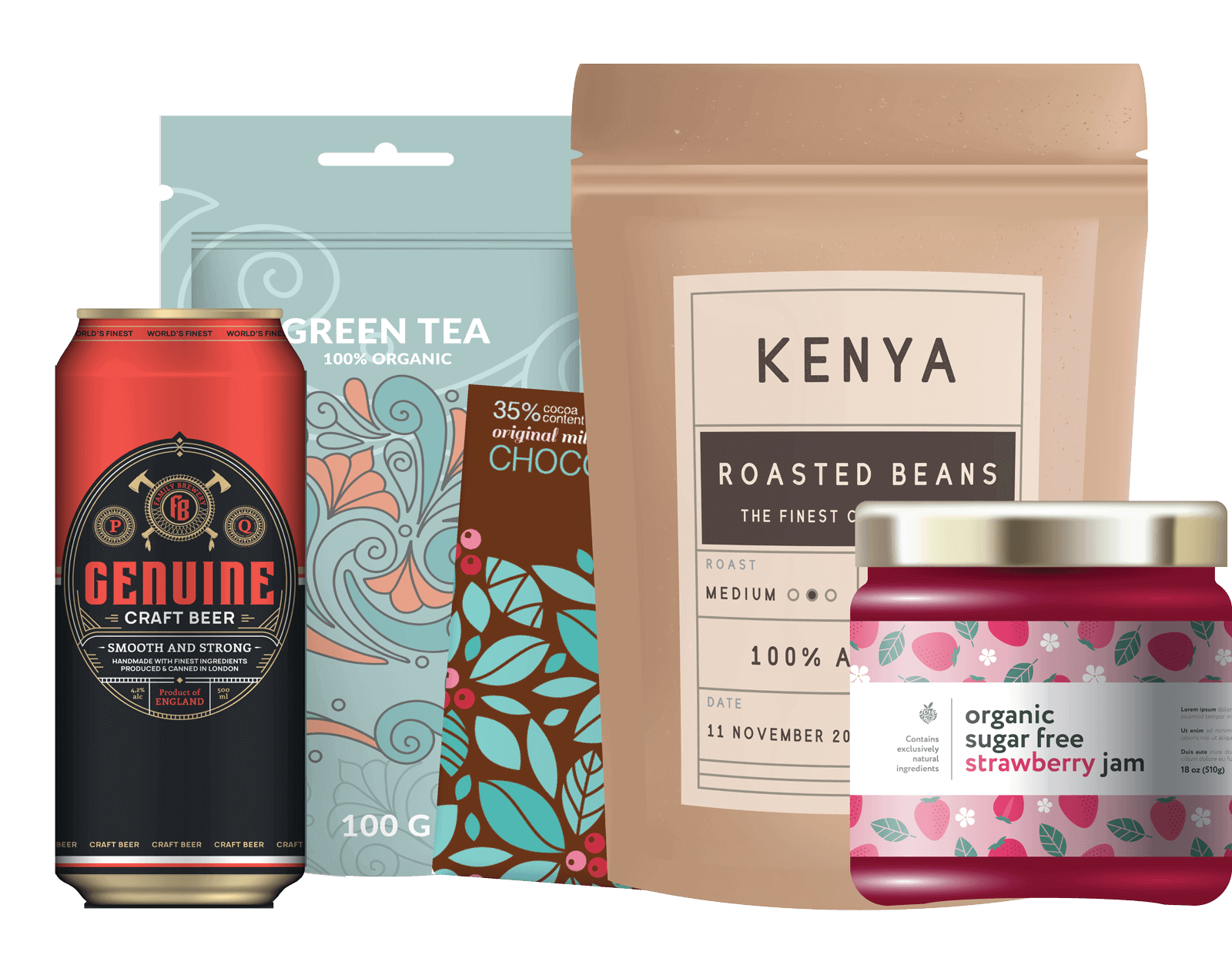How To Fill A Tube for Packaging Products
Uses of Tubes
Tubes are ubiquitous in the packaging of lotions and cosmetics, as well as some hardware materials such as anaerobics, greases, and polishes. Depending on the product and your company’s look, tubes may be made of materials such as hard plastic, laminate, and aluminum. This variety of form and function makes tubes an excellent choice for packaging liquids, gels, and pastes.
Basic Filling Procedure
Efficient technology is used to fill tubes automatically by machine, creating products in bulk with minimal waste. Pneumatic systems, which use air pressure to operate, make problems such as spills and incomplete seals nearly impossible. We work only with companies with the highest sanitation and manufacturing standards, which ensures products have the longest possible shelf life, and are never contaminated by industrial processing.
Tubes are filled with great speed by machine – a single machine can fill over 1,000/hour. Depending on the size of the bottle being filled, most machines have a filling accuracy of +/- 1%, which greatly limits waste. The filling nozzle is cut off pneumatically, which prevents wasteful leaks. Many machines have a label sensor, which prevents the wrong substance from being used. Similarly, a no tube – no fill device allows machines to sense whether or not a tube is present. Every waste prevention measure helps to ensure that the packaging of your product does not come with excessive costs.
Two main types machines are used; within each category, various machines are used based on whether the tube is plastic, metal, or laminated. A tube hopper is the most commonly used machine (its operation is discussed below), although high pressure pumps are also an option.
For each batch of tubes, the tube hopper is programmed to stay at a certain temperature. A volumetric dosing system ensures that the tubes are filled to a set volume. In addition, the filling process takes into account factors such as any pumps or wands (as in mascara) that will be present.
Procedure may vary slightly depending on your product, but in general the product moves through several stations on the machine:
- The tube is filled from the bottom up using a piston
- It is then is heated, in preparation for being sealed
- It is sealed pneumatically
- Excess material is trimmed
- A batch code is applied
- The finished product is ejected
The finished product has a minimal amount of excess air space thanks to, a seal which keeps the product sanitary, and the structural integrity to endure shipping and shelving.
Your Needs: Materials, Aesthetics, and Beyond
What you need from a tube will vary based on what product it will be holding – contents may vary from watery substances like toners to thick pastes such as polishes and glues, and everything in between. Special machines exist to fill cream and ointment tubes, since these often require medical-grade steel. Industrial substances may have a corrosive effect on materials like plastic, which must be taken into account when choosing the tube material.
The packaging of your product always affects the label design; width and curvature, height and angle of the sides, all affect how it can be decorated, and how much information can be contained on the label. All our clients have access to a tube decorating service, where we work to make sure your product stands out among the rest.
While all tubes are filled with a similar procedure, it is clear from a trip to any hardware store or cosmetics department that there is a wide range of functional and aesthetic variation between products. From the type of dispenser, to the volume held, to a shape and color scheme that makes your product stand out, M. Jacob & Sons strives to make sure that your packaging is just as excellent as your product.

